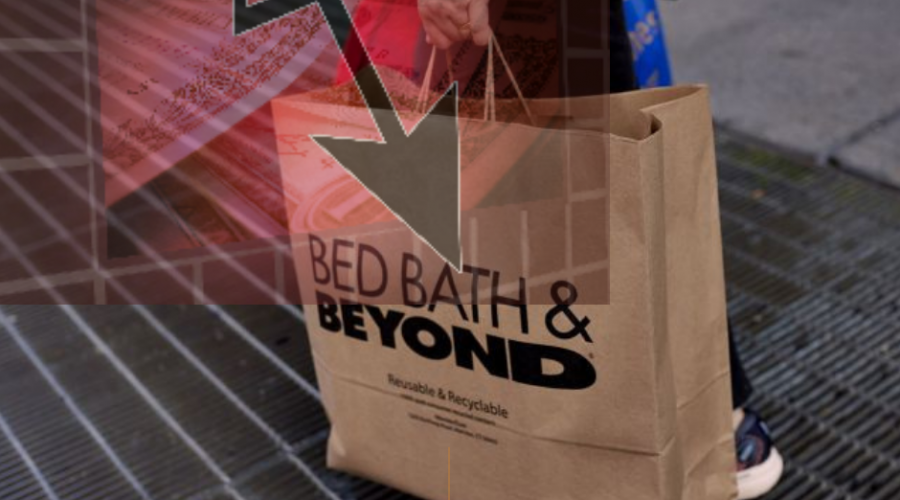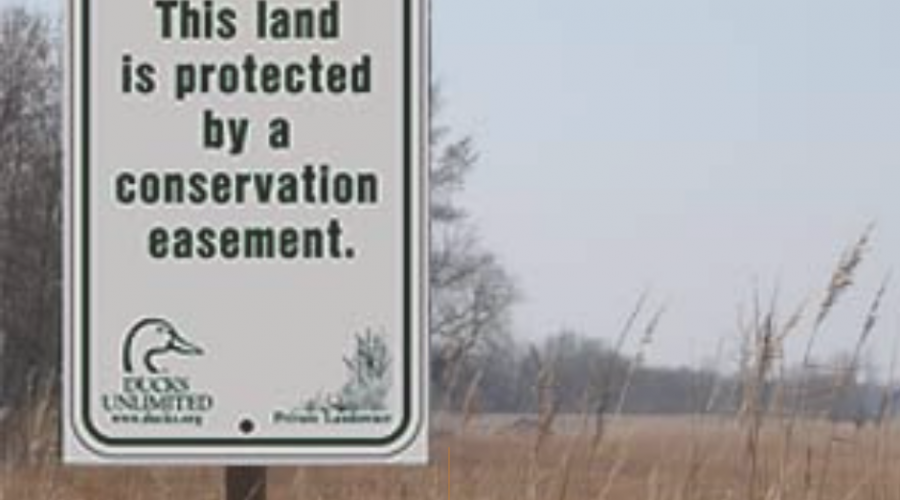Bed,Bath & Beyond, stay away! (BBBY)
Bed Bath and Beyond is in trouble. This is a meme stock that was driven way up, you probably heard this guy Cohen made like $100 million on a $25 million investment. And there were a bunch of young people that made money. It was a meme stock, kind of like AMC, and GameStop. And they drove those things up, and then they pulled the rug out from under the retail investors and those things started to crater. Well, there’s a good reason that Bed Bath and Beyond is cratering. Today, it’s down 24% In premarket trading, and they just reported they’re going to close 150 stores. Now this is bad news for a retailer. Retailers can be a great investment when you’re getting involved in them on the way up. And that can be a horrible one on the way down when they’re closing stores.
So, think about Starbucks, as Starbucks was expanding and growing stores and moving them all over the world, their stock was just cranking up. But think about also Sears, as they were starting to decline, they were closing stores. I’m looking at Bed Bath and Beyond, I’m looking at their chart. And it’s been all over the place. Like just lately, it was in a major decline. And then it spiked way up, and then it spiked way down. And it’s just crazy how much money is being made and lost in the stock. Don’t be involved in this. It’s a loser. It’s going out of business, I believe. But you can look at the earnings in 2021. Right, they were a loss of $1. One a share 2022 it was 97-98 cent loss per share. But in 2023 next year, they’re looking at losing $6 per share. And I’m looking at this company, they got about 677% debt. So, they have got all this debt, they’ve got declining sales, they’ve got declining earnings, and people are still owning the stock. I don’t get it?! Those two things, sales and earnings are the lifeblood of a company. And when you look at it on a fundamental level, you’re talking about opening stores is the lifeblood of a company. Closing stores is draining the lifeblood out of the company. I don’t know why anybody would buy this.
The company came out this morning and said “you know, we may issue some stock from time to time”. What do you think that does to the investors, it dilutes them, it makes their shares worth less, not worthless, which is I think, where it’s going, but worth less. Now, let’s talk about Bed Bath and Beyond. Because I think it’s a pretty cool store. I was just there the other day. But most people know now that if you’re going to go to Bed, Bath and Beyond, you need to have a 20% off coupon, right? They send these coupons out, like they’re “frickin free”, and you get a 20% off coupon you go and then you get 20% off your off your purchase. If you don’t have the 20% off coupon, you’re kind of an idiot, because everybody knows that you should have it. Well, let’s analyze that… is that a good model for businesses to give everybody 20% off, but if they don’t have the coupon, they know that they should? And they instead of going into the store go “well, I’ll just come back when I have a 20% coupon.” Now, I guess you can get them online. But a lot of people aren’t really willing to go online and get a 20% off coupon, when they’re on the spur of the moment getting ready to go buy some sheets or some cookware. So, it’s probably a pretty bad model to discount your price. It’s basically the hallmark of a commoditized company, right? It’s the you’re only able to compete on price, you’re not competing on promotion, you’re not promoting competing on quality, you’re not competing on people, you’re just racing to the bottom on price. And that’s always the worst possible kind of business to be in. And they’ve chosen that path.
If you look at the stock, it’s gone for basically 50 bucks in 2016 and it went down to $3 just earlier this year before it popped up to about $26 bucks. Of course, now it’s down to $15 or $10. And it’s dropping in the pre-market on this announcement. And also, the announcement is that they’re going to close stores and also part of the announcement is that they’re going to dilute shareholders. So, stay away from this stock guys, this is not a stock that you want to play with. It’s not even for a quick buck. They’re going to pull the rug out for about a year. Stay away from Bed Bath and Beyond.
But it’s an interesting stock to watch if you want to learn about the stock market. Have a great day.
- By Heather MacKay
- In Blog
- 0 comments






